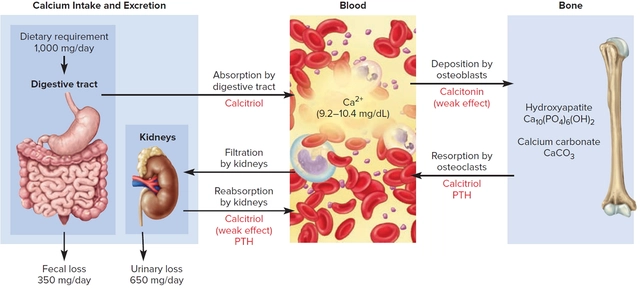Angiotensin Receptor Blocker: What It Is, How It Works, and What You Need to Know
When your blood pressure stays too high, your heart and arteries work harder than they should. That’s where angiotensin receptor blocker, a class of medications that block the effects of angiotensin II, a hormone that narrows blood vessels. Also known as ARB, it helps relax blood vessels so your heart doesn’t have to pump as hard. Unlike some older blood pressure drugs, ARBs don’t cause a dry cough—something many people notice after switching from ACE inhibitors. That’s why doctors often choose them when other meds don’t fit.
Angiotensin receptor blockers don’t just lower numbers on a monitor. They protect your kidneys, especially if you have diabetes or chronic kidney disease. Studies show they slow down damage to kidney filters better than some other drugs. They’re also used after heart attacks to reduce strain on the heart muscle. If you’ve been told you need to lower your blood pressure but can’t tolerate ACE inhibitors, an ARB is likely your next step. Common ones include losartan, valsartan, and irbesartan—each with slightly different uses, but all working the same core way: blocking angiotensin II from binding to receptors in your blood vessels.
These drugs don’t work alone. They’re part of a bigger picture that includes diet, exercise, and sometimes other meds like diuretics or calcium channel blockers. You’ll see posts here about how high blood pressure increases clot risk in stents, how calcium and phosphorus imbalances affect bones, and how lifestyle changes can make ARBs more effective. You won’t find fluff—just real connections between what you take and how your body responds.
Some people worry about side effects. While ARBs are generally well-tolerated, they can cause dizziness, especially when you first start or if you’re dehydrated. Rarely, they raise potassium levels, which is why your doctor might check your blood now and then. But for most, the benefits far outweigh the risks. If you’ve been on one for a while and wonder if it’s still doing its job, or if you’re comparing it to other meds like ACE inhibitors or beta-blockers, you’ll find those comparisons here too.
This collection doesn’t just list drugs. It shows how angiotensin receptor blockers fit into real health stories—from managing hypertension after a heart event, to protecting kidneys in diabetics, to helping people avoid hospital visits by keeping blood pressure steady. You’ll read about how diet, other medications, and even over-the-counter supplements can interact with ARBs. You’ll learn what to watch for, when to call your doctor, and how to tell if your treatment is working.
Whether you’re just starting out on an ARB, switching from another med, or trying to understand why your doctor picked this one over others, this page gives you the clear, no-nonsense context you need. Below, you’ll find real posts from people who’ve lived with these meds, doctors who’ve seen the results, and practical guides that cut through the noise.
 1 November 2025
1 November 2025
Azilsartan and Drug Allergies: What You Need to Know
Azilsartan is a safe blood pressure medication for most, but rare allergic reactions can occur. Learn the signs of a true drug allergy, what to do if you react, and safe alternatives if you're allergic.
Latest Posts
-

Unlocking Nature's Secret Weapon: How Bay Leaf is Revolutionizing the Dietary Supplement Industry
-

Bloating after a meal: the importance of a balanced gut microbiome
-

Where and How to Buy Ceftin Online Safely: The Complete Guide
-

Lansoprazole and its impact on vitamin and mineral absorption
-

Best CVS Alternatives: Top Pharmacies & Online Prescription Services in 2025

15